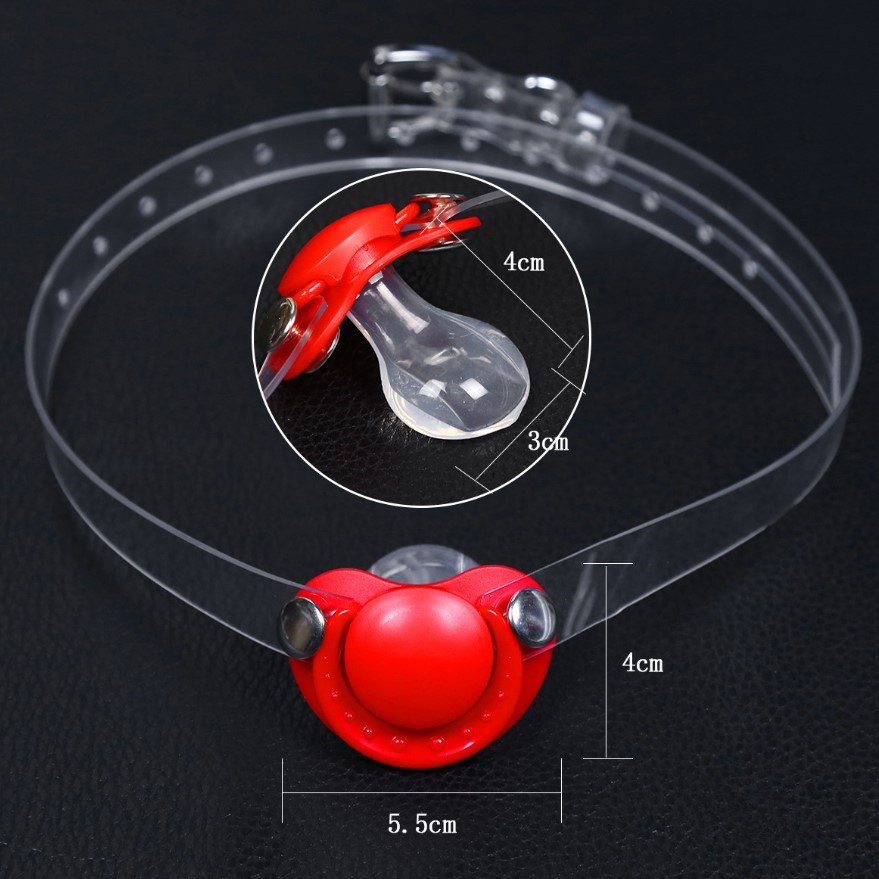
Many of our babies have been soothed by the touch of my well-scrubbed pinkie.ģ. The skin-to-skin element is still there, and your index finger (or dad’s little finger) can be placed more properly in baby’s mouth to stimulate sucking at the breast. If your own nipples are wearing out, or at least the mom they are attached to is, use your finger (or, better yet, get dad or someone else to give you a break). Our advice: Avoid pacifier use until your newborn learns to latch on properly and you have a good milk supply.Other babies make the transition from pacifier use to mother’s nipples without any confusion or complaint. The texture, taste and smell are rejected hands down. Many sensitive babies gag on every pacifier you might try.This often results in poor latch-on techniques, sore nipples and a difficult start at breastfeeding. Pacifiers have a narrow base, so baby doesn’t have to open his lips wide. Some newborns, develop nipple confusion when given a pacifier or bottle nipple when they are learning to suck from mother. A baby sucks on a pacifier differently than on mother’s nipples.SIDS and other sleep-related infant deaths: Updated 2016 recommendations for a safe infant sleeping environment. Task Force on Sudden Infant Death Syndrome, Moon RY, Darnall RA, Feldman-Winter L, Goodstein MH, Hauck FR. Pacifier use and SIDS: Evidence for a consistently reduced risk. Moon RY, Tanabe KO, Yang DC, Young HA, Hauck FR. Event-related potentials following contraction of respiratory muscles in pre-term and full-term infants. Whitehead K, Jones L, Laudiano-Dray MP, Meek J, Fabrizi L. Cochrane Pain, Palliative and Supportive Care Group, ed. Non-pharmacological management of infant and young child procedural pain. Pillai Riddell RR, Racine NM, Gennis HG, et al. Effects of pacifiers on early oral development.
#PACIFIER GAG HOW TO#
How to use a pacifier.Īmerican Academy of Pediatrics. Reduce the risk of SIDS and suffocation.īest Baby Pacifiers of 2022. Pacifiers that are too large can pose a choking hazard.Īmerican Academy of Pediatrics. The pacifier packaging should be clearly marked as either “0+ Months,” “NB to 3M,” or some other variation that makes it clear that it is safe for newborns. Whatever pacifier you offer your newborn should be made for their small size. Additionally, she suggests purchasing pacifiers that are dishwasher-safe since it’s important to “wash them regularly to reduce bacteria growth.” “Consider pacifiers that are one whole piece rather than pacifiers made of multiple parts, as these may pose a choking hazard,” says Horne. In addition to the materials of the pacifier, parents should also pay attention to its design. Be aware that some babies (and parents) may have latex allergies.
#PACIFIER GAG FREE#
Natural rubber pacifiers are also free of PVC, phthalates, parabens, and other chemicals, but they are much less flexible than latex and silicone. Many pacifiers are made from silicone, which is what Horne suggests, but natural rubber and latex are also options. Horne explains, “Wide-base pacifiers will keep the baby’s lips and mouth open during pacifier suckling, which is how it should be at the breast." Another shape Horne says is good for nursing babies is straight, because this design is “more likely to keep the baby’s tongue in a natural position.” Lactation consultant Jennifer Horne, ICBLC, says she recommends "finding a pacifier that helps babies latch and use their tongue in the same way they do when breastfeeding," such as the Soothie ( view on Amazon) which has a wide base. So if you have concerns about nipple confusion, you may opt for the orthodontic style. Non-orthodontic options have the classic bulb shape. An orthodontic pacifier is designed like a natural nipple, flatter and slightly square, and is intended to accommodate the motion a baby makes with their tongue when nursing. Pacifier nipples that are straight, flat, orthodontic, and bulb-shaped are perfectly safe for newborns. While there is no single pacifier shape that has proven to be better for breastfeeding babies than others, some shapes more closely mimic the shape of a breast/nipple than others.
#PACIFIER GAG TRIAL#
Pacifiers come in a variety of different shapes, and some newborns may require a little trial and error to find the right one (just like with bottle nipples). What to Look for in Newborn Pacifiers Shape

These pacifiers are what many hospitals provide to new parents, and the newborn size is safe for babies from birth to 3 months old. That being said, we ranked the MAM Pacifier ( view on Amazon) highest on our list because of its softness and flexibility, shape, and light weight. There's also the Philips AVENT Soothie Pacifier ( view on Amazon), which was designed to closely mimic a breast. Newborns can be very picky when it comes to their pacifiers, so what is best for one baby may not be a good fit for another.


 0 kommentar(er)
0 kommentar(er)
